9 April 2014
Huracán is the name of a legendary Spanish bull who fought at Alicante in August 1879, leaving the ring unbeaten. The Lamborghini Huracán LP 610-4 is pure fighting bull on wheels. At the Geneva Motor Show, in March, it reached new heights in the buzz surrounding the launch of automobiles, thanks in part to a 60-leg promotional tour and 130 events reserved for customers with high aspirations (they have been personally identified by the CEO and president Stephan Winkelmann). The official video promoting the Huracán (One Man, One Car, One Mission) begins with a storm over Oklahoma City, as if it were a mix of “science-fiction and lightning” written by Nigel Kneale. A man taking a rest in his loft receives a telephone call. The level of alarm, outside, is high: “You need to get out,” he’s told by a woman’s voice on the other end of the line. He’d have a hard time getting out of the city if it were not for that coupé parked not very far away. And it is on board the heir to the Gallardo—high performance, streamlined, indomitable, designed to cater to man’s wildest instincts—that the adventure begins.
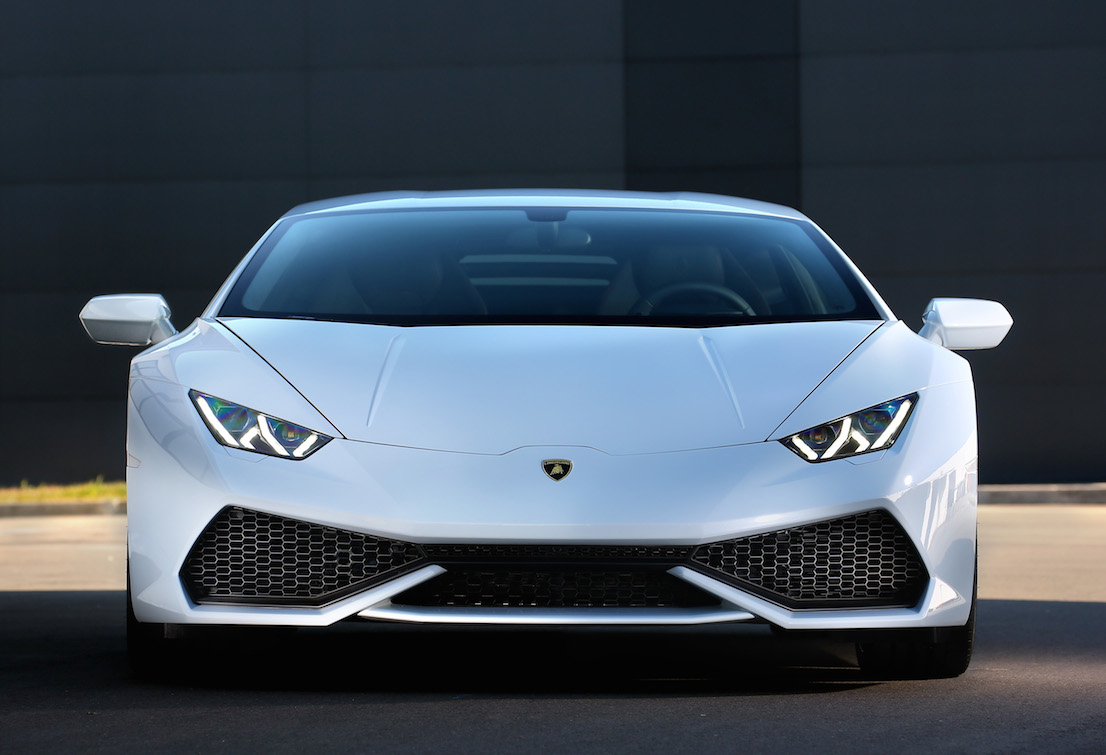
Lamborghini Huracán LP 610-4.
Rather than a bull of the Spanish Conte de La Patilla breed, the Lamborghini Huracán LP 610-4 is a soundstage, an attack vehicle that rips up the asphalt. Filippo Perini’s design is almost out of control, it flies on its tires: sharp edges, sculptured monolithic volumes, subversive musculature. The spine that runs along the sides of the Huracán has a touch of the Western, artificial and animal at one and the same time, while the windows at the rear close off the hexagonal structure of the supercar. A supercar that costs all of 201 thousand euros, incidentally. The wedge-shaped appearance, with two doors and two seats, characteristic of all Lambos is still there, but the sensation, looking at the car’s wheels and sides, is that this model has a much more earthly energy than the prototypes of the past, that its fidelity to the straight line or the rock is an armed and ruthless struggle like the ones we see in Sam Peckinpah’s movies. On the road, its bursts of speed cause it to lose shape, blending with the air. “We used a simple concept in its design,” Winkelmann has explained to the press, “that of instinctive technology. On the one hand, like all Lamborghinis, it is crammed with innovations, on the other it’s a car that seems to be tailor-made for each driver. Very easy in the city and on the road, very fast and safe on the racetrack.”
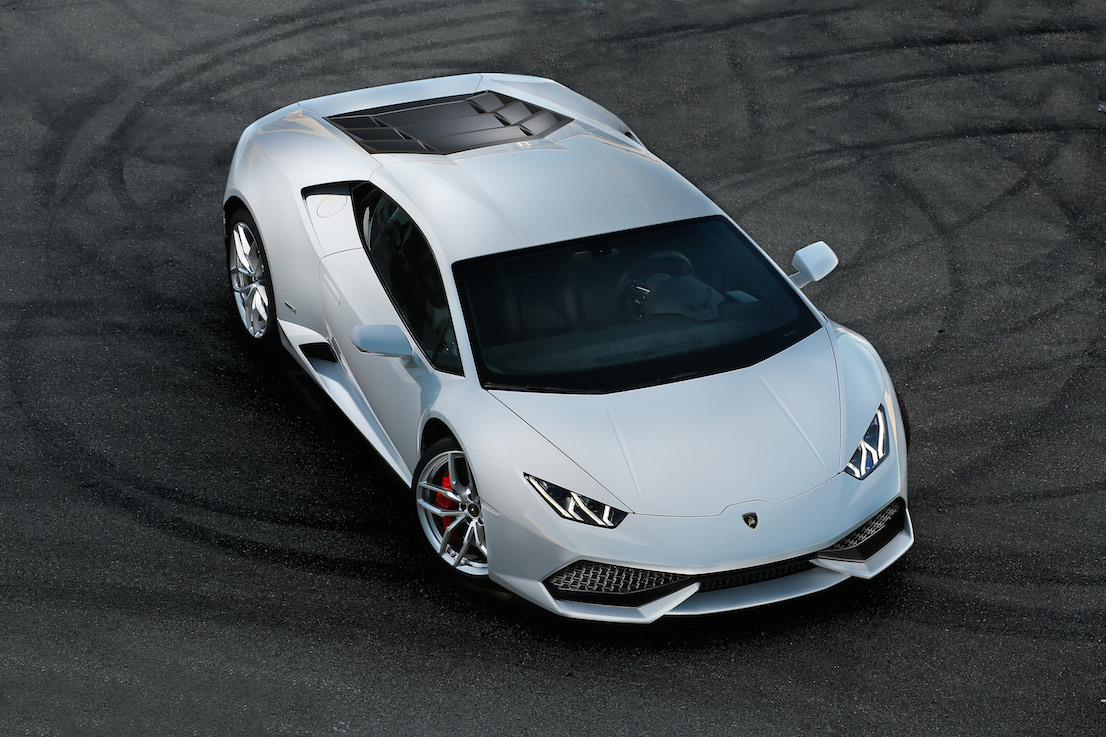
Lamborghini Huracán LP 610-4.
The heart of the Huracán LP 610-4 resembles a gyroscopic motion picture camera, a steadycam for outdoor shooting. It is the central aspirated V10 engine, visible to the naked eye behind the driver’s seat, with a maximum power of 610 HP, maximum torque of 560 Nm, emission class EURO 6. The chassis knows no bounds: for the first time we are dealing with a hybrid of aluminum and carbon fiber. If to this we add the new all-wheel drive, then “the instinct of the future,” the slogan with which the model has been launched, takes on a life of its own, independent of the perception of reality. That it has a heart and that brilliant color conveys Lamborghini’s typical mobile point of view are also demonstrated by a (red) button set on the bottom of the steering wheel, which can be used to select one of three driving modes: street, sport, racing. The electronic controls that communicate with the engine turn this spacesuit of an auto into a sort of impracticable teleportation: seven-speed dual-clutch transmission, steering and suspension, hydraulic dual-circuit brake system with vacuum brake servo unit, six-piston calipers at the front, four-piston calipers at the rear. The interior is perhaps the part most detached from the idea of a subatomic “time machine,” and is inspired, precisely, by those timeless GTs of the past.
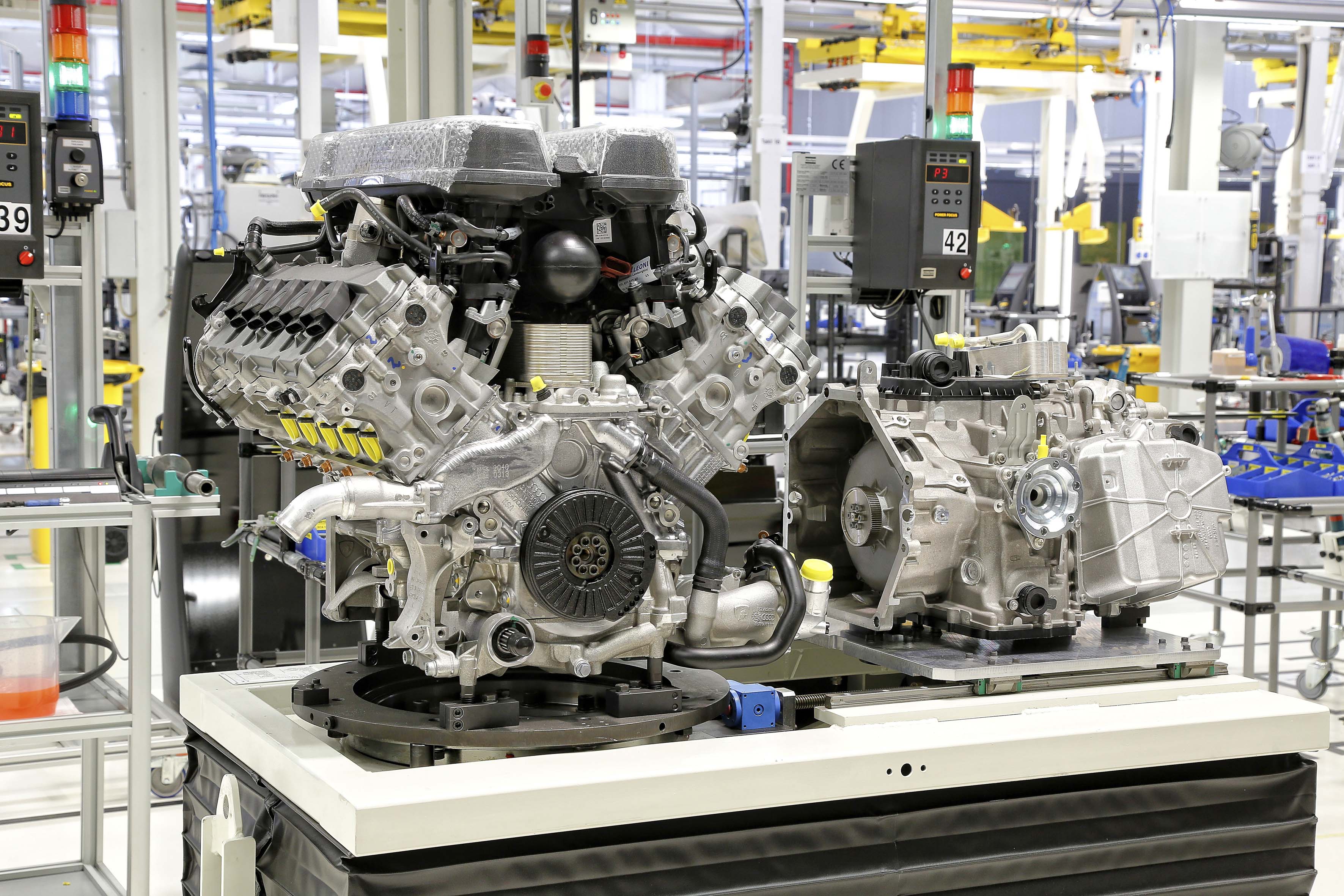
Lamborghini Huracán LP 610-4.
According to Filippo Perini, the work of the Lamborghini team has also led to a cleanness of the lines, balancing aerodynamic efficiency and smoothness of the concave surfaces, “something never done before: the fenders have a sinuous, sensual shape, which I would compare to a woman’s hips.” The explosion of sensuality in Huracán flows down from the hood, a bit abstract and undefined, part hardboiled fiction and part scientific paper, with those LED headlights in the shape of horizontal blades that, according to the designer, recall Fontana’s sculptures: “Because while the lines are clean, we have a message to convey: be careful, a Lamborghini can be sharp too.” Blades that look like well-bedded lights and make the optical personality of this object a mechanism sunk into the road, held tight by the track. And it is this embedding that strikes the spark with the driver, through “a precision of steering worthy of a racing car thanks to an extraordinary rigidity.”
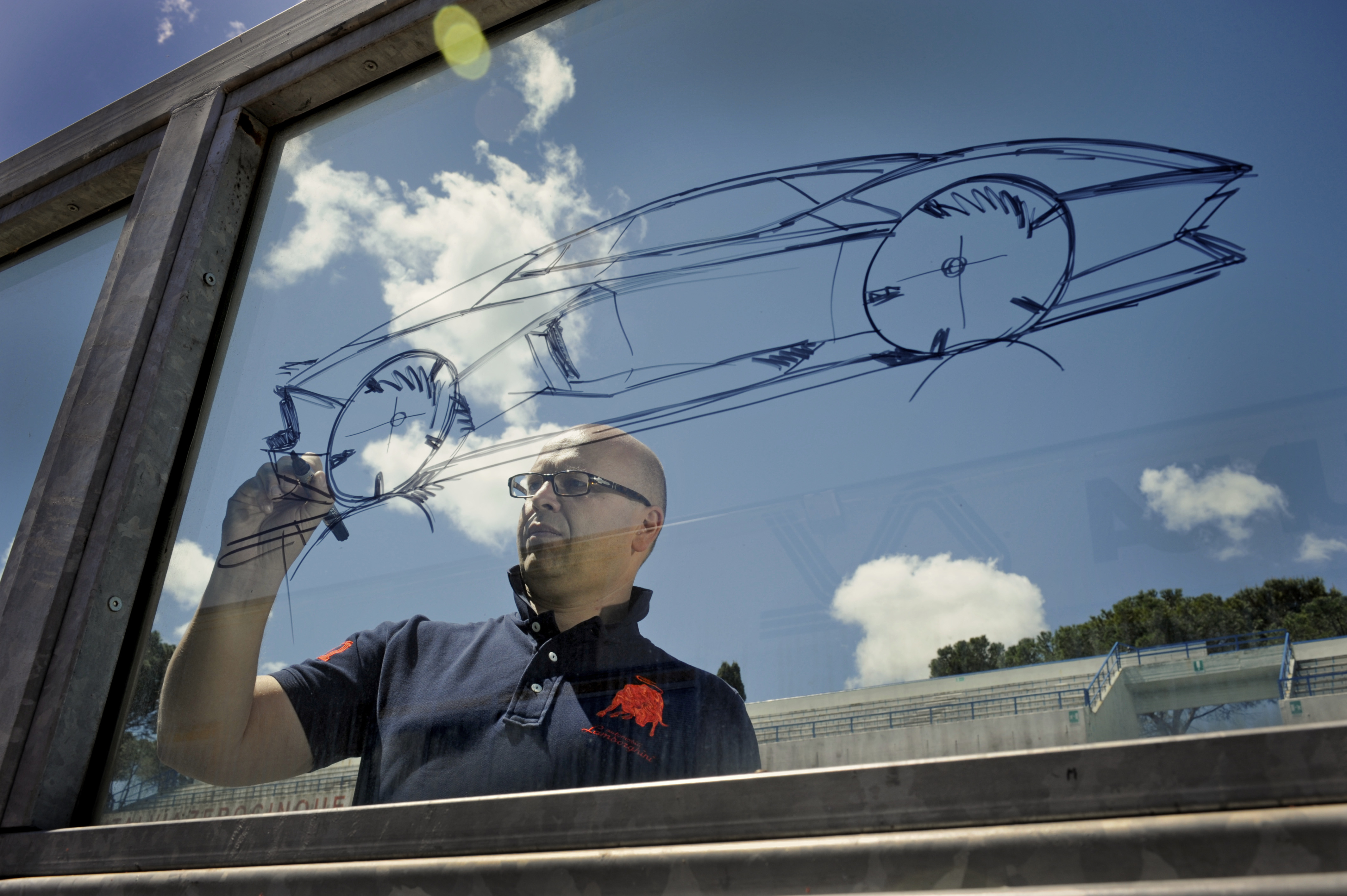
Filippo Perini.
At the Geneva Motor Show Stephan Winkelmann talked about his “secret” in a world that has lost its magic, especially in a Europe mired in financial stagnation: “We are small and agile, and at the same time work as a team. We are a thousand people who put great enthusiasm into what we do. The market is limited and only if one is capable of creating a myth, as Lamborghini has done over the last few decades, can the dream come true. And then it is necessary to invest in technology too.” And on the subject of dreams, Winkelmann is now very attentive to those who have a desire to fulfil, selecting or attracting the potential buyer willing to invest large sums: he wants to know everything about him, his hobbies, habits, secrets. In the name of an objective reality, that of Lamborghini, always listening to its niche, to a particular élite that is still the powerhouse of society.
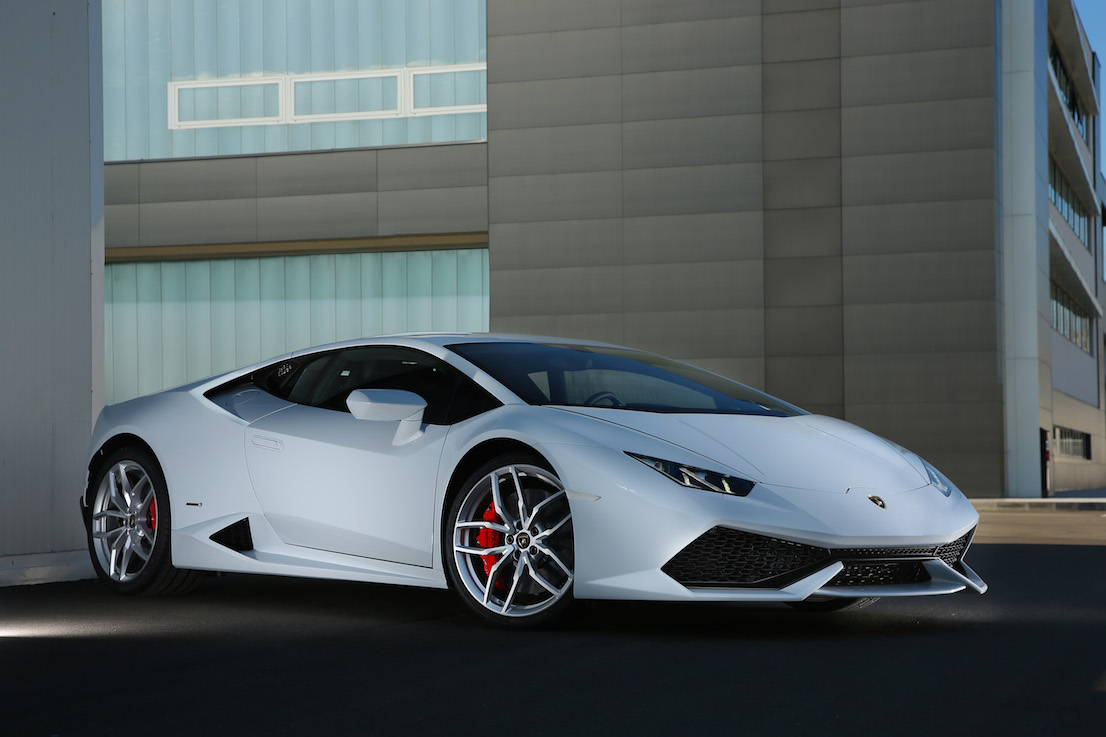
Lamborghini Huracán LP 610-4.
A car like the Huracán LP 610-4 is all this but, above all else, it is an icon. A somatic element able to trigger emotional ties with the cinema and the alembic of art. From David Cronenberg’s Crash to Carpenter/King’s Christine. The Lamborghini model is, more than any other, the driver’s “new flesh,” mixed with a quest for “media” hypotheses of the human body: status symbol, crossover, challenge, competition, identity. Almost a molecular fusion, a visual body, an extension. Huracán arrives at a well-defined moment of transition, from reality to impression, from the power to the powerlessness of the driver. His blindness in the midst of LED indicators and gauges is filtered by many ultramodern aspects, arcane enchanters of a Darwinism of driving. We are a long way from the lethal man-machine courtships of Cronenberg, and yet the enchantment swallows up those who peer into darkness itself, into desire itself.
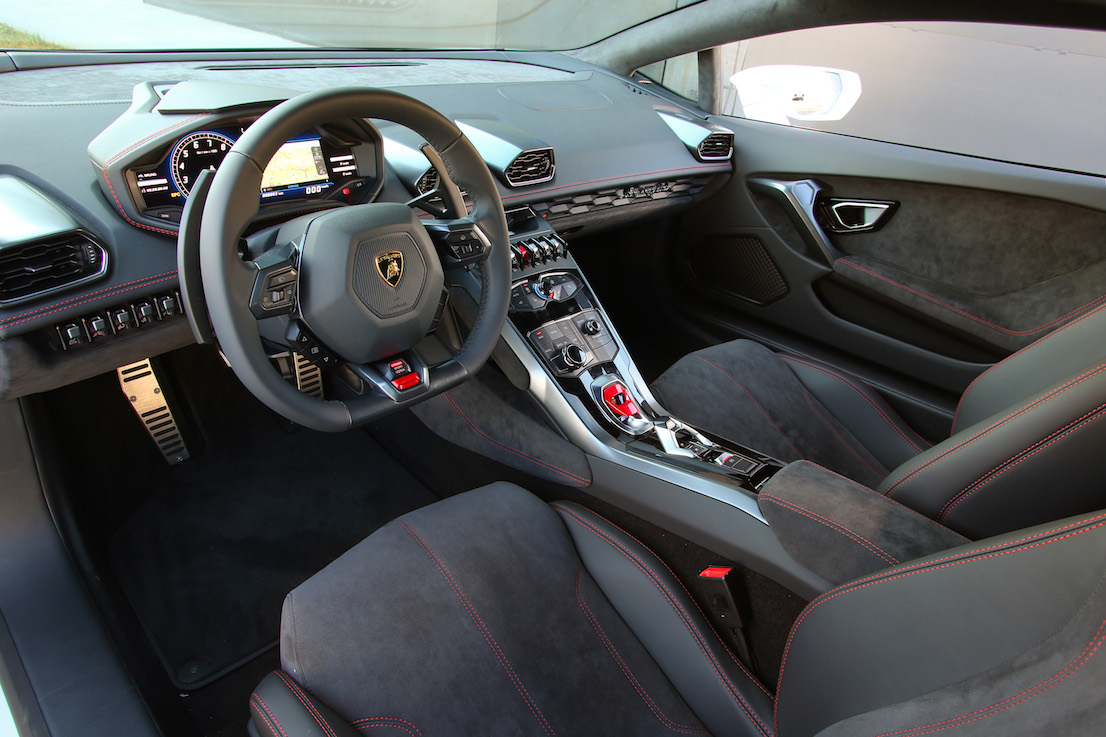
Lamborghini Huracán LP 610-4.
Lamborghini, with its aesthetics, its grace, is a form of breathless hallucination that comes out of Burroughs and grows rampant in the bondage of time. Taking with it the élite realm of the supercar, the high-end European market. According to The New York Times, “European automakers are having a tough time moving their $15,000 models off the lot these days. But selling a $200,000 car seems to be getting easier and easier.” The over a thousand orders for the Huracán LP 610-4 and the resounding success of the Gallardo, of which 14 000 have been sold, speak to us of a play of power and geometry that passes through design and the engine bay (in the latest model the contribution comes from forged composite material, a technology patented by Lamborghini). “Different countries, different rules on emissions, different requirements, but the philosophy of the aspirated engine mounted longitudinally behind the driver and the distinctive driving experience that this kind of propulsion system offers are in Lamborghini’s DNA and represent a strength of the Huracán,” Winkelmann has declared.
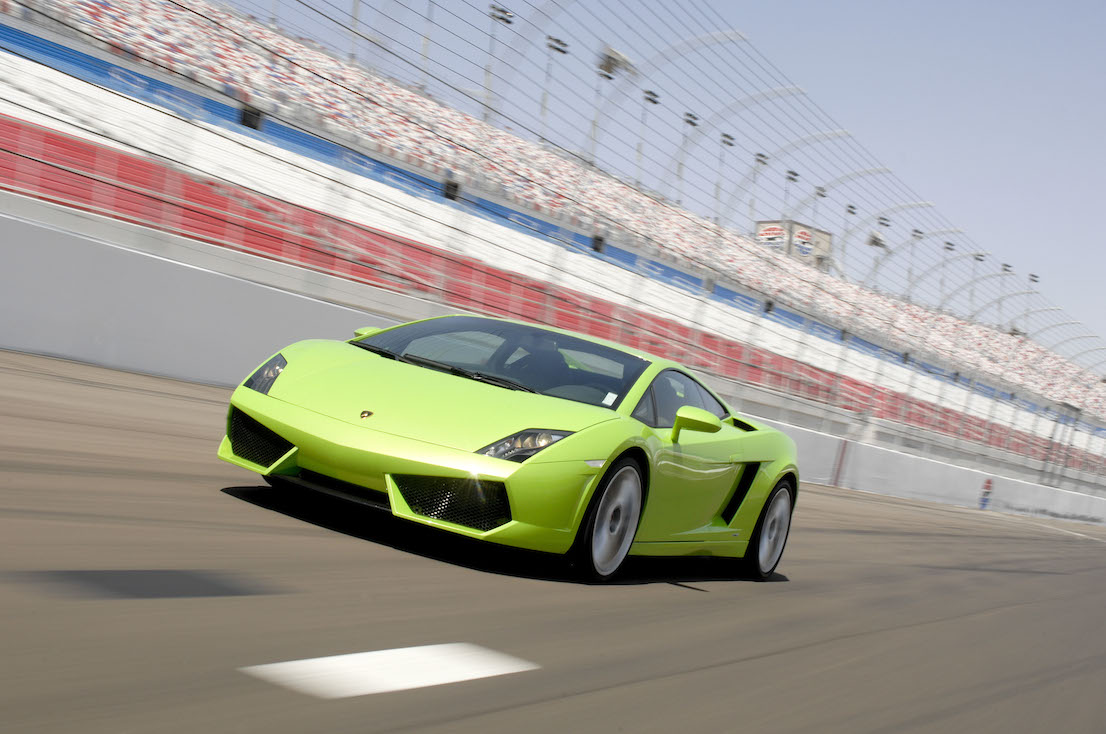
Lamborghini Gallardo LP560-4.
And as in every body, the detail, if grasped properly, is crucial. While the hybrid chassis is made of aluminum and carbon fiber, the body has an outer layer of aluminum and composite materials. The front and rear suspension consists of superimposed triangle wishbones made of aluminum, steel springs and magneto-rheological damping control. The plus is the use of electronic control that allows the reactions of the engine, suspension and steering to be modified by means of the Anima inertial platform: three accelerometers and three gyroscopes “sunk” into the vehicle’s center of gravity. Lamborghini Dynamic Steering with variable ratio is available as an optional. The tires are the latest generation of Pirelli PZeros: 245/30 R20 in front and 305/30 R20 behind. Performance: top speed over 325 km/h (202 mph), 0 to 100 km/h (62 mph) in 3.2 seconds, 0 to 200 km/h (124 mph) in 9.9 seconds. Deliveries of Lamborghini’s Huracán model will begin in June, but have already broken all records. They will also mark 50 years since the presentation of the 350 GT, the first production car made by the Sant’Agata Bolognese-based manufacturer, destined to vie with Ferrari and earn itself a place in mythology.
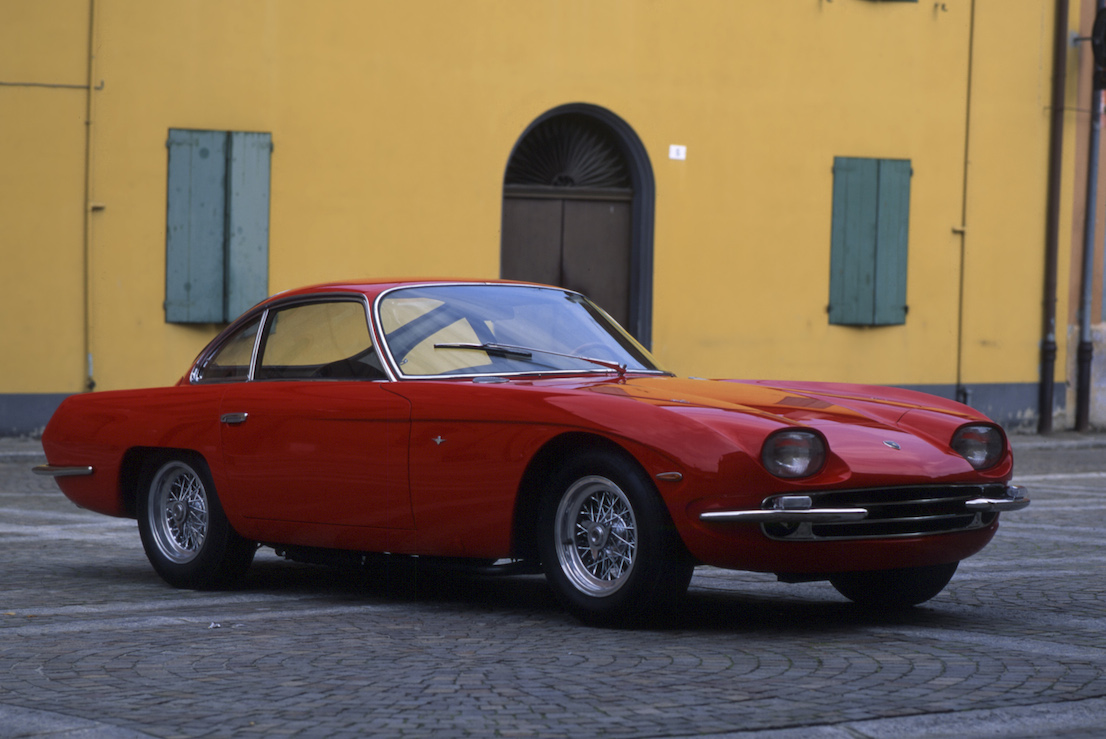
Lamborghini 350 GT. Photo: Guizzardi Umberto.
Perhaps one of the moments in which Lamborghini’s customers who have a taste for hard rock felt proudest of their cars was when the lead singer of AC/DC Brian Johnson declared his love of the brand, prompting him to spend a morning at Sant’Agata Bolognese, unexpectedly transformed into a Rock and Roll Hall of Fame. The musician visited the Automobili Lamborghini factory with a crew from the Quest channel, for which Johnson is hosting a series on some of the most iconic autos in the world (title: Cars That Rock). The singer found his way onto the assembly line of the Aventador and visited the CKF, where the car’s carbon-fiber monocoque is produced. This is one of the most Cronenbergian images in the history of Lamborghini, a form of hybridization between man and machine, a breakdown of the barrier between organic and inorganic, animus et anima, nature and culture. Rock and pneumatic tire. As the ephemeral times in which we live demand.
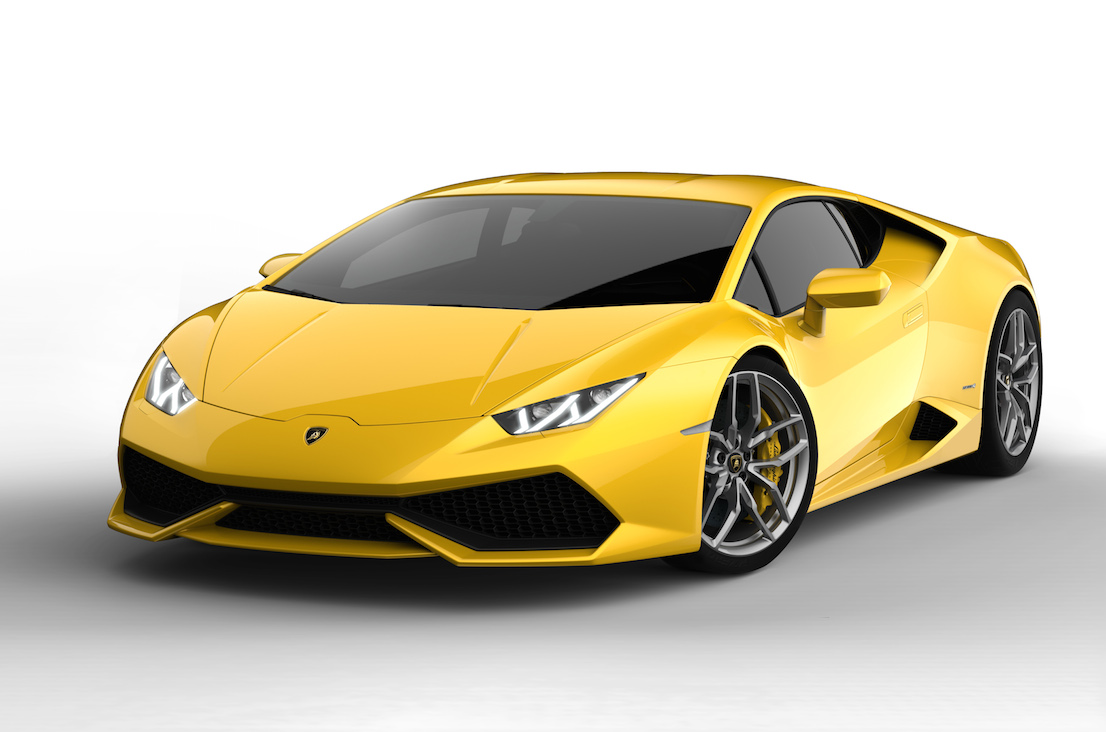
Lamborghini Huracán LP 610-4.
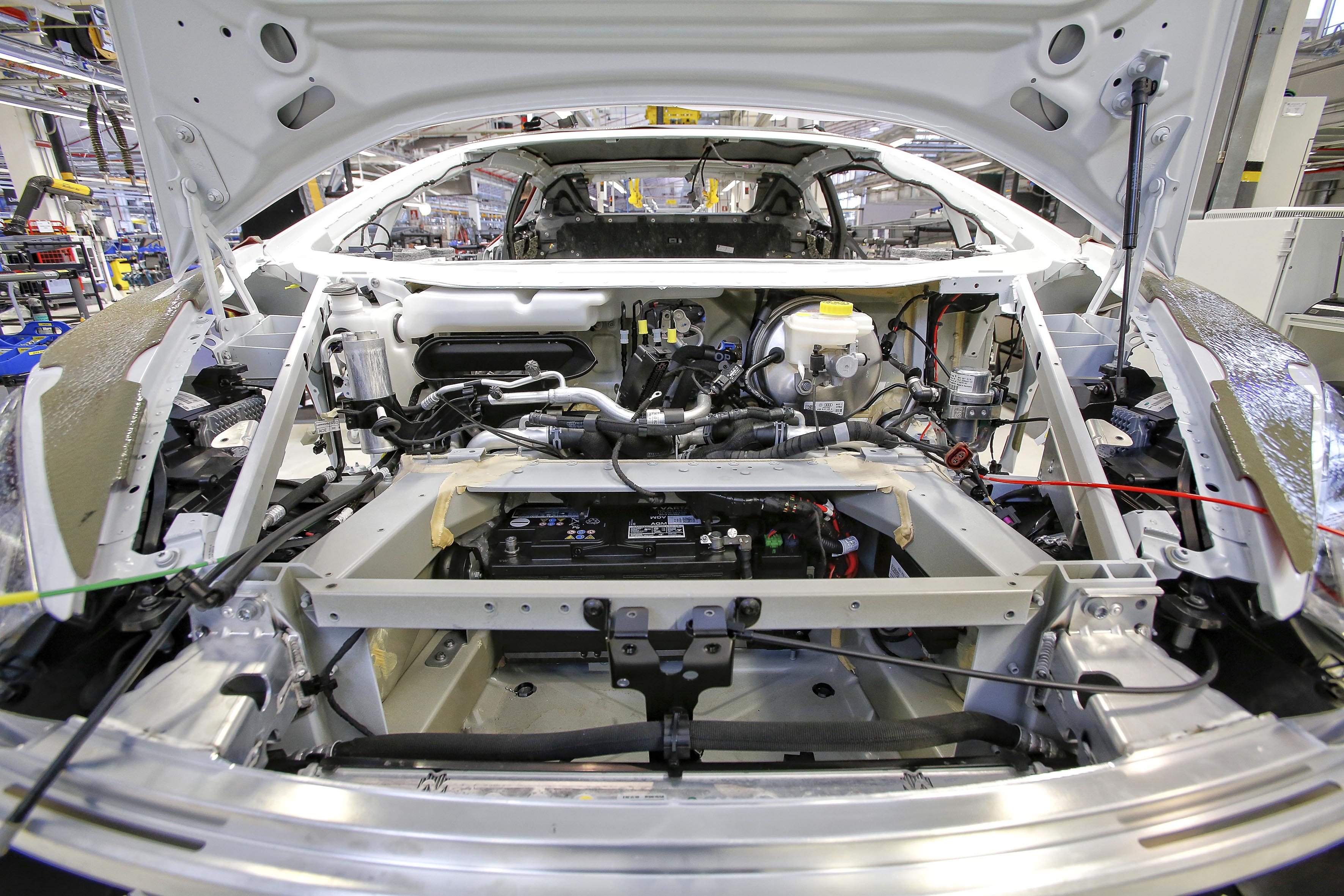
Lamborghini Huracán LP 610-4.
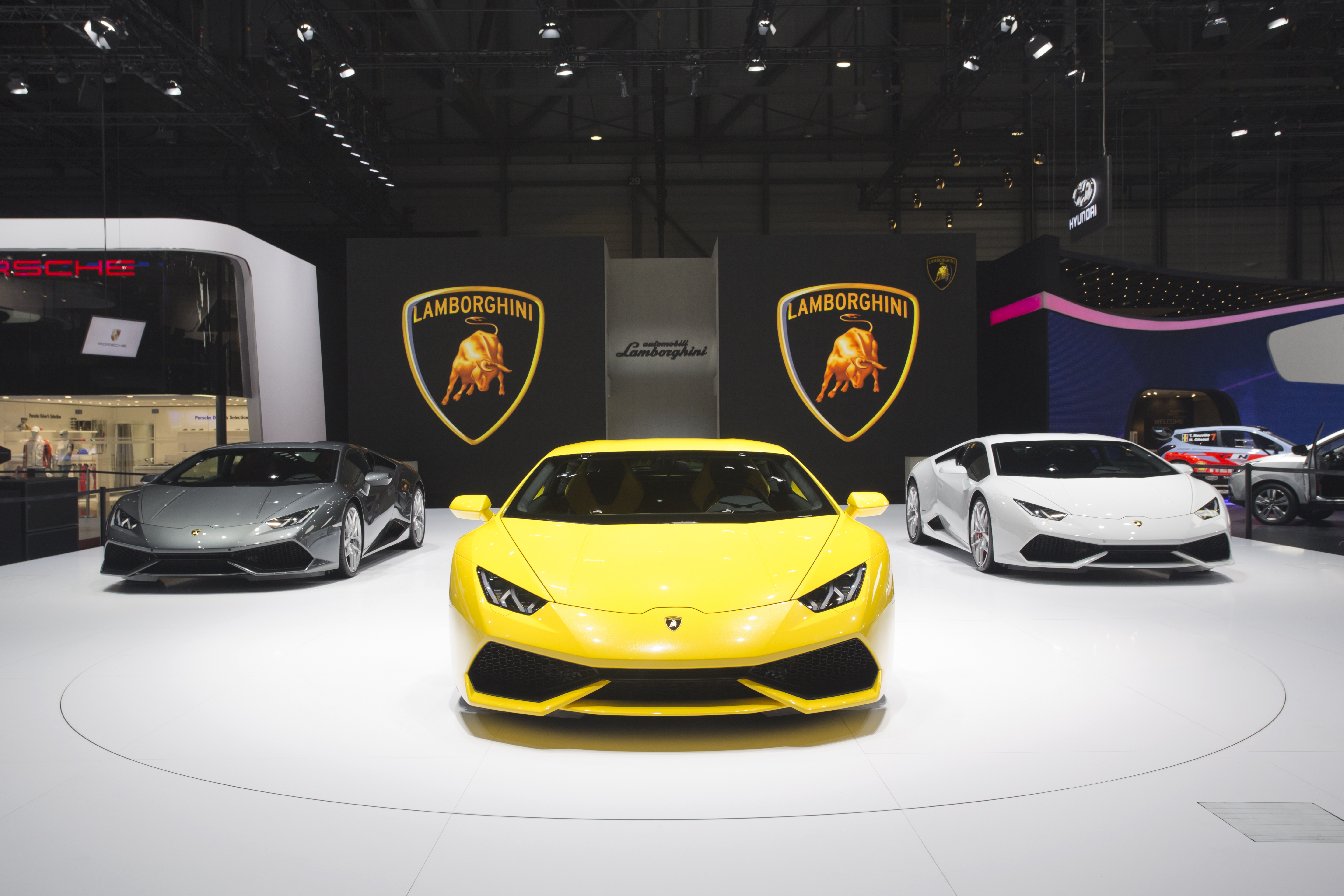
Lamborghini Huracán LP 610-4.
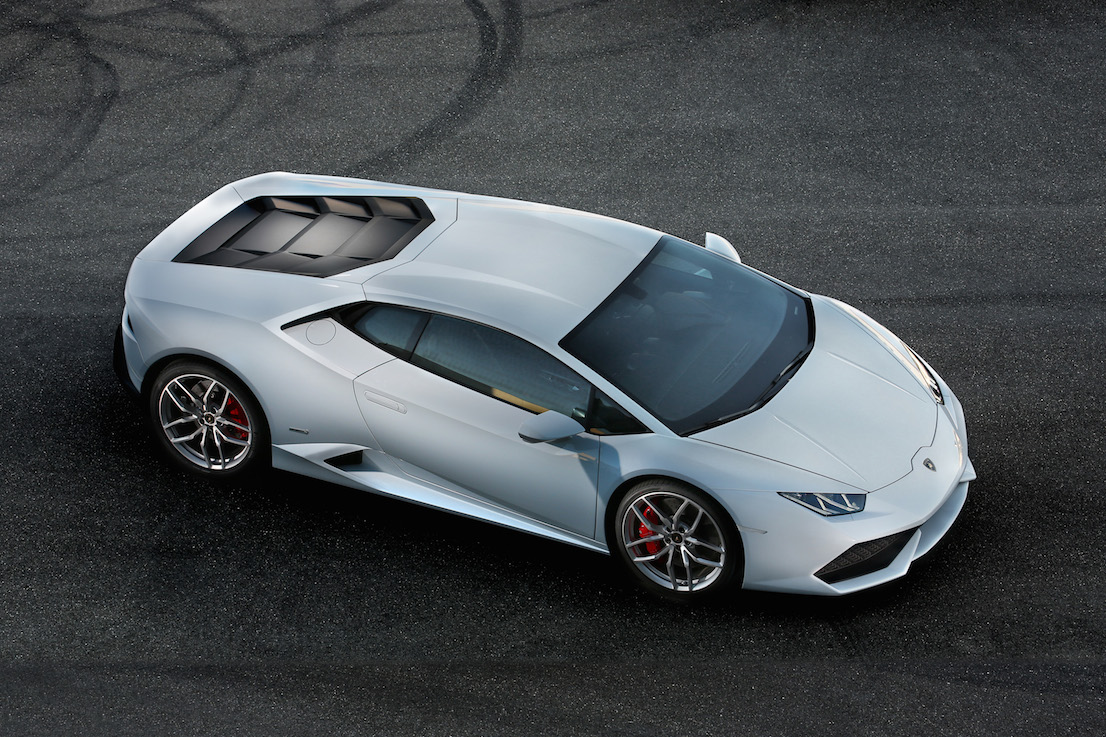
Lamborghini Huracán LP 610-4.
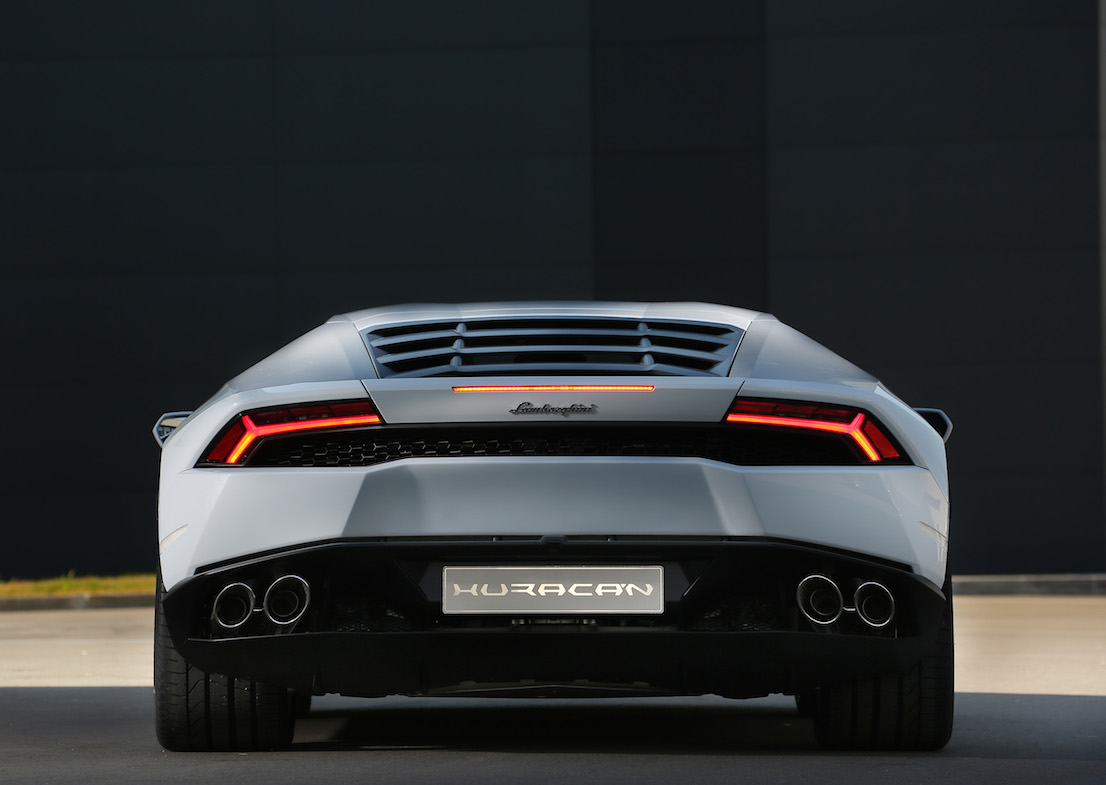
Lamborghini Huracán LP 610-4.
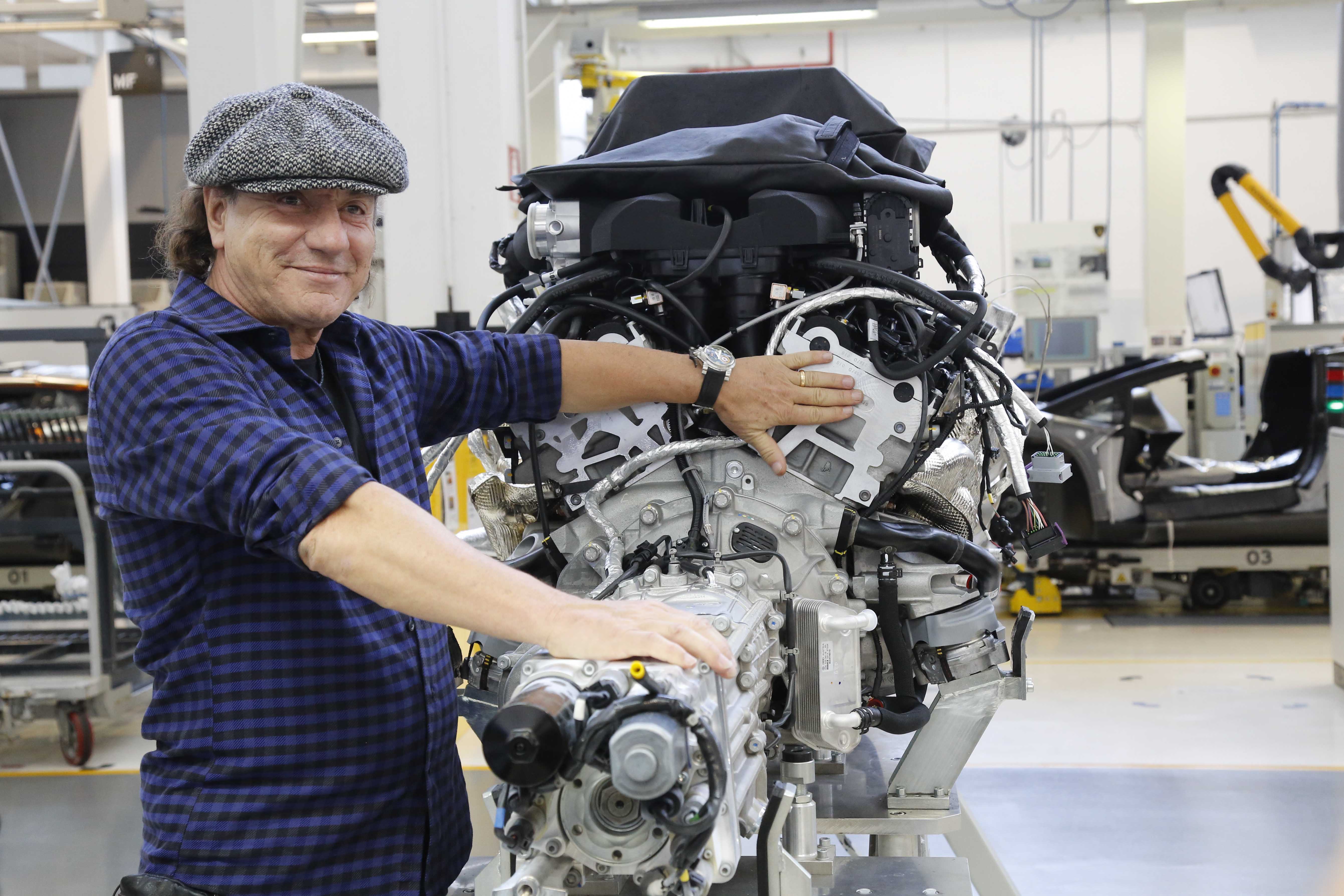
Brian Johnson.
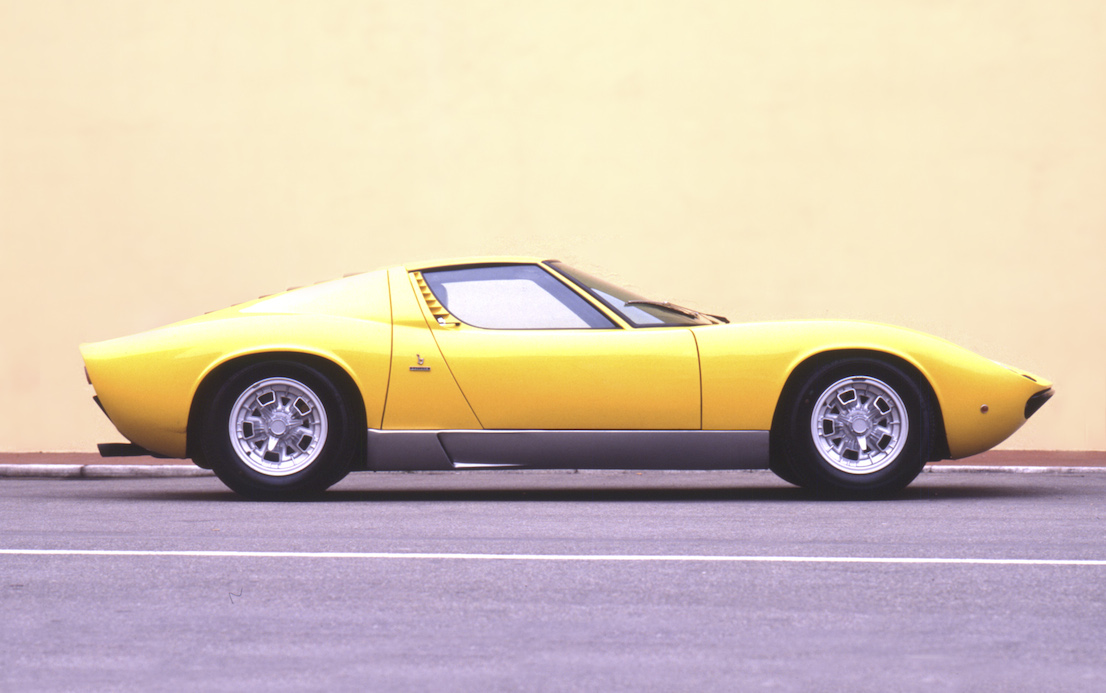
Lamborghini Miura.
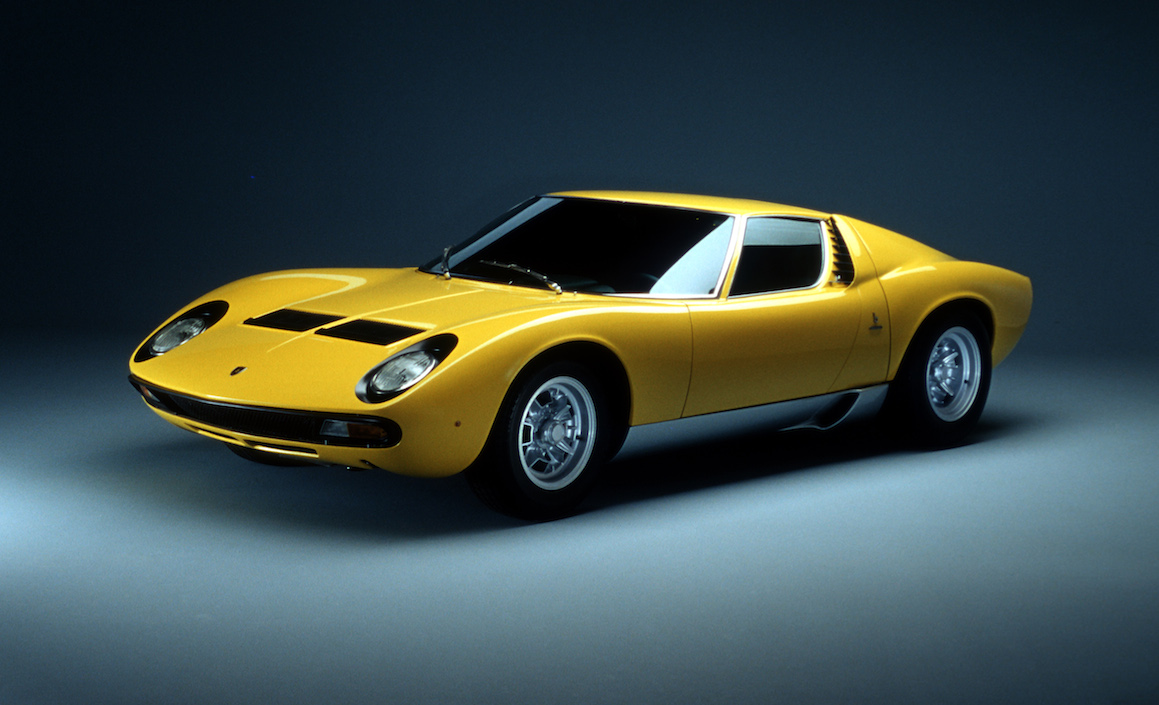
Lamborghini Miura.
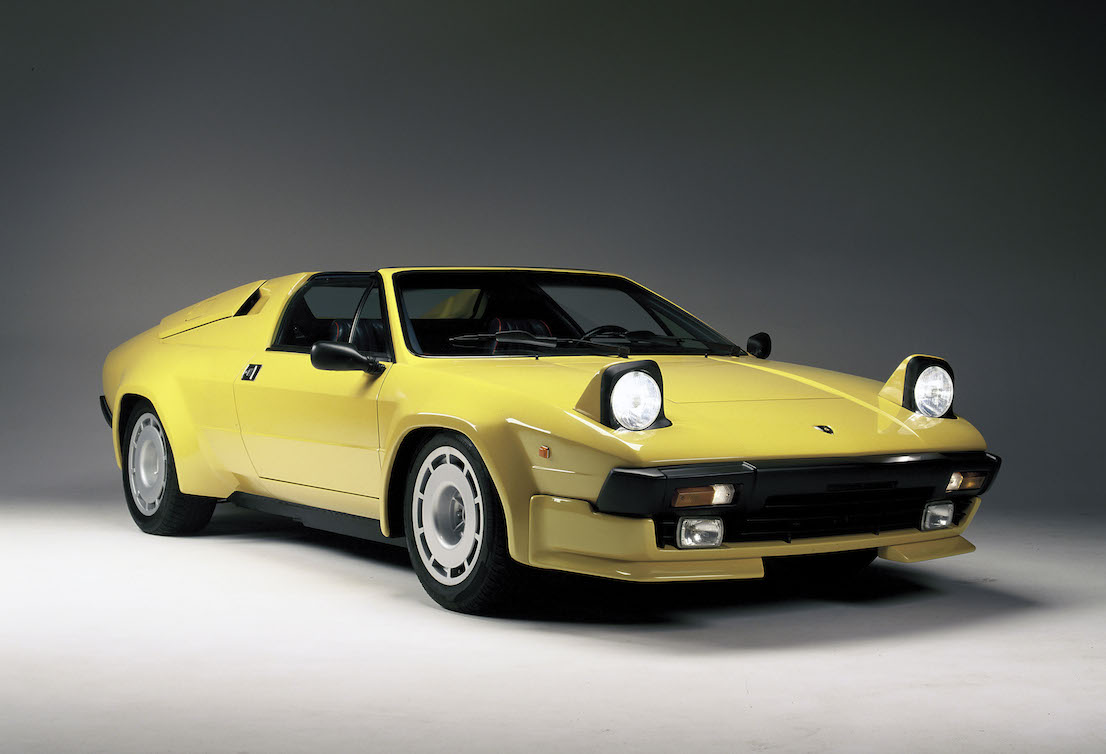
Lamborghini Jalpa.
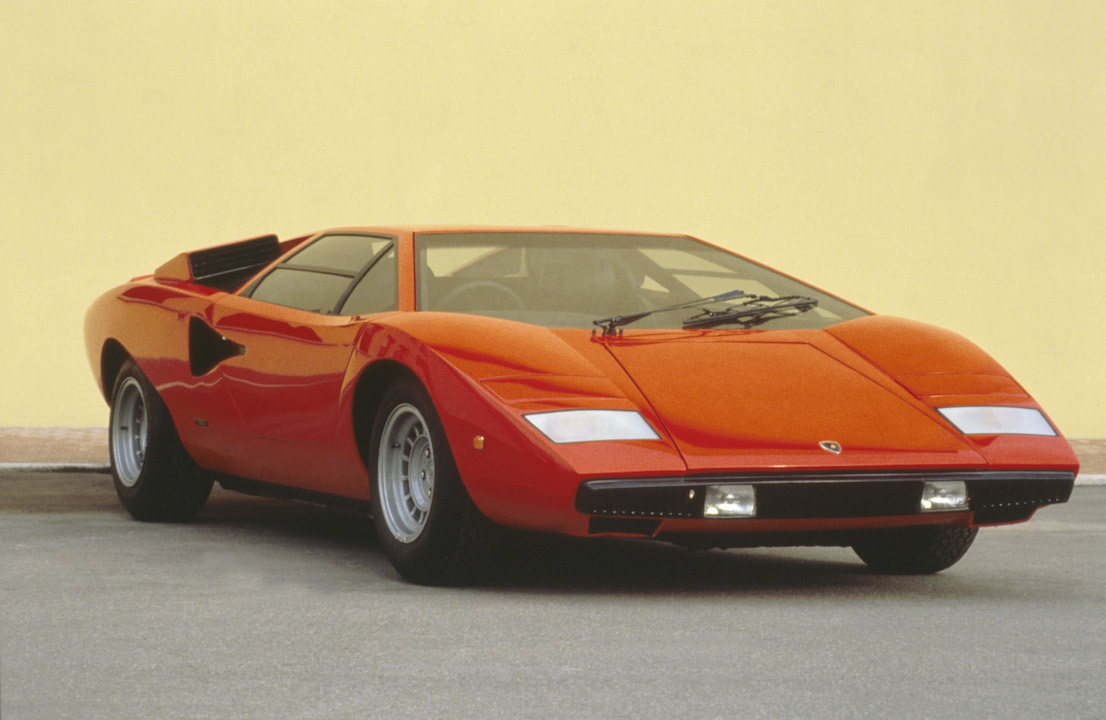
Lamborghini Countach LP400.
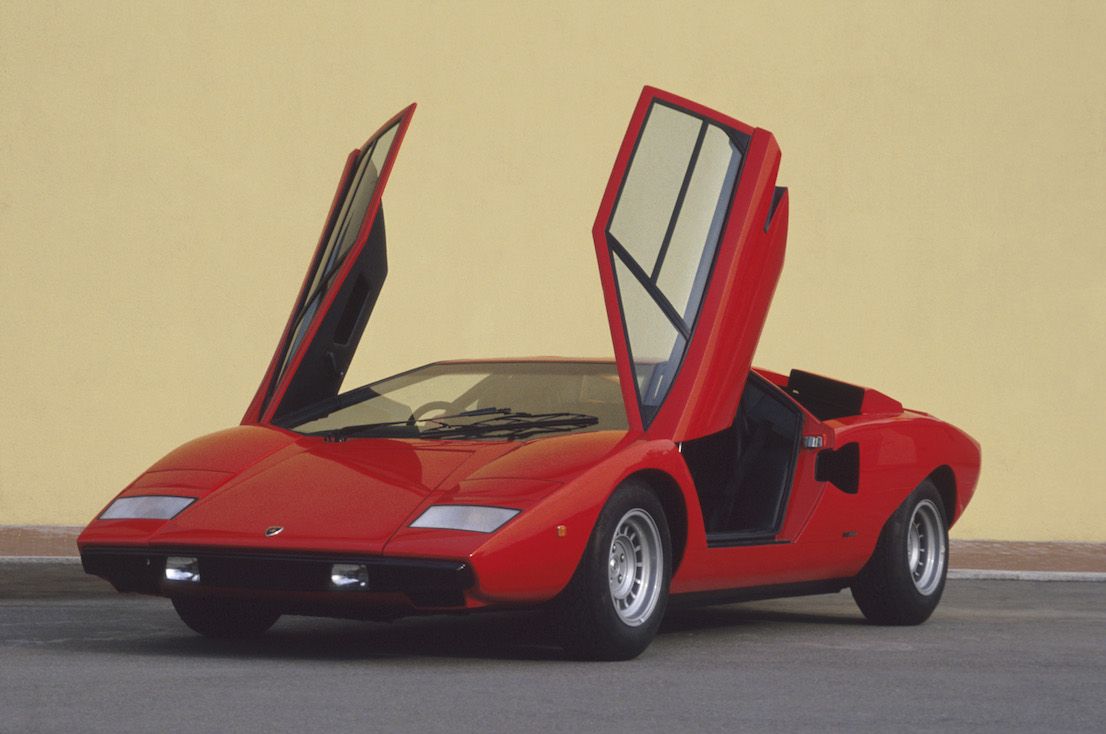
Lamborghini Countach LP400.
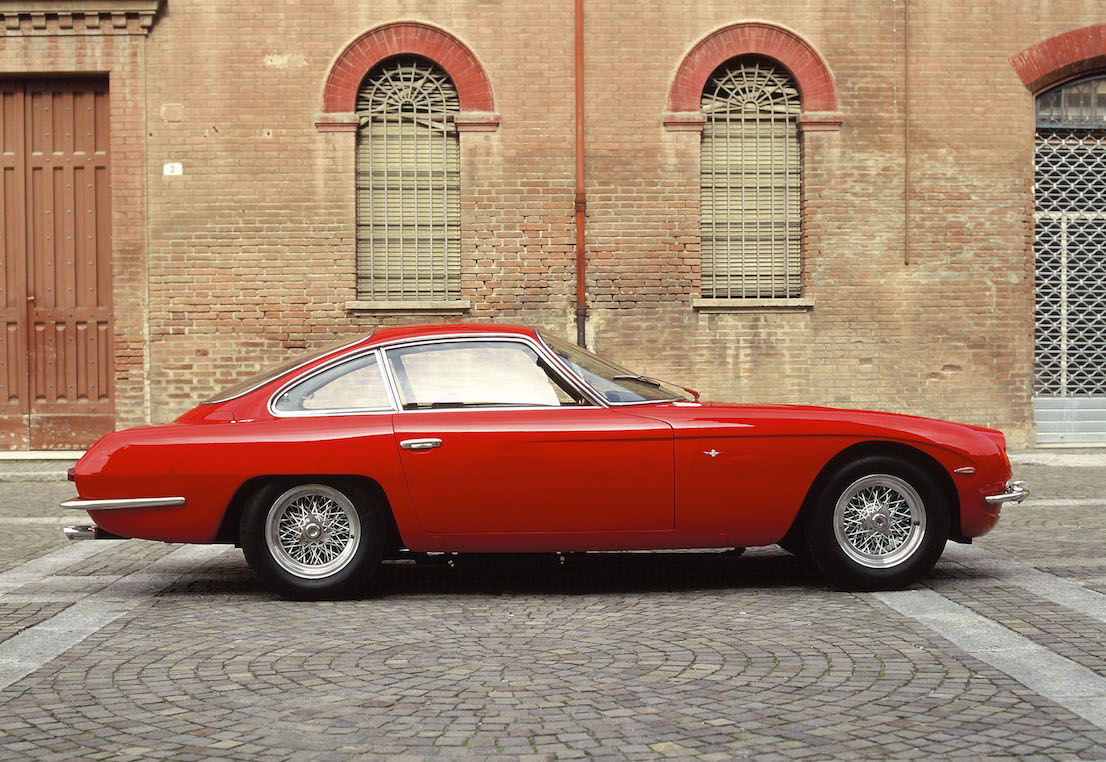
Lamborghini 350 gt. Photo: Guizzardi Umberto.